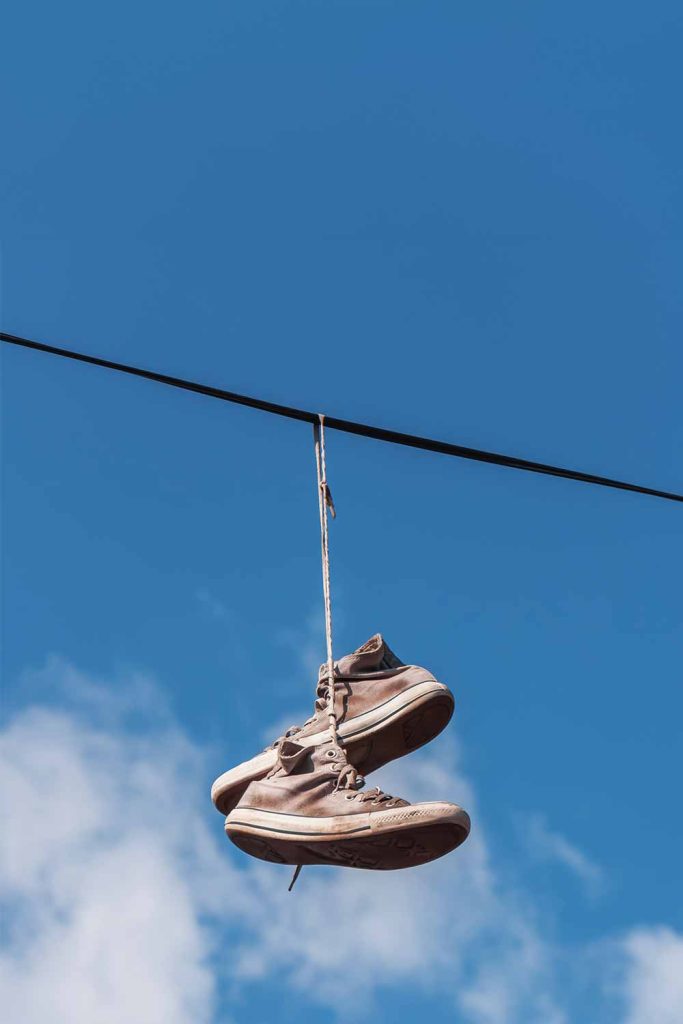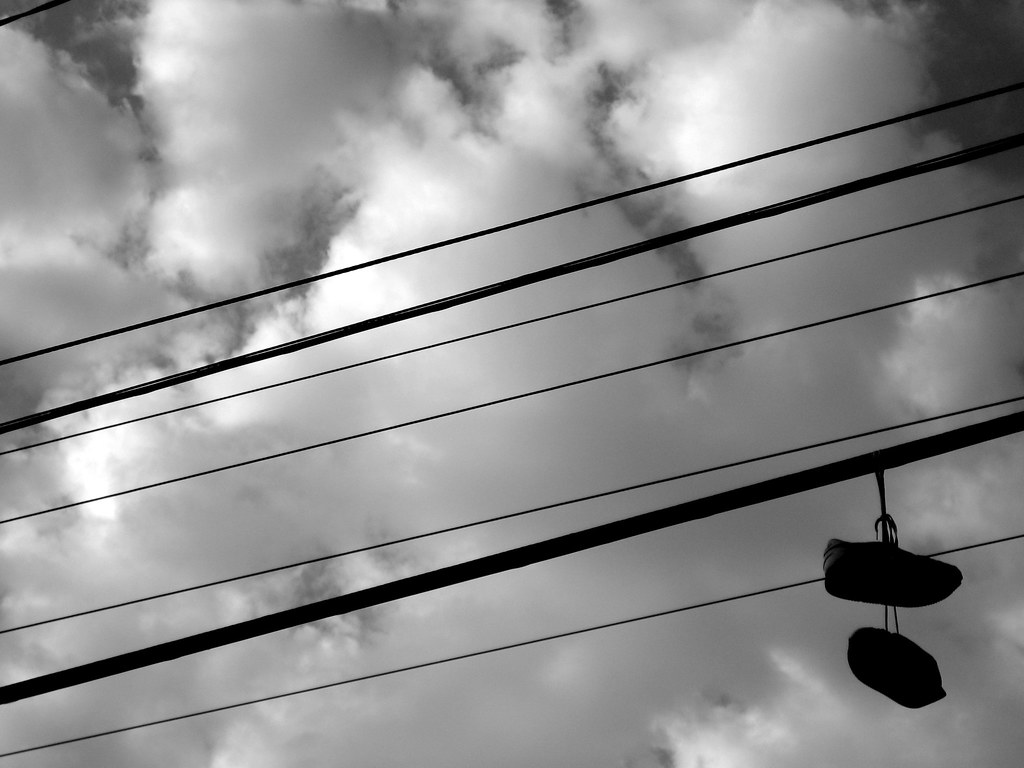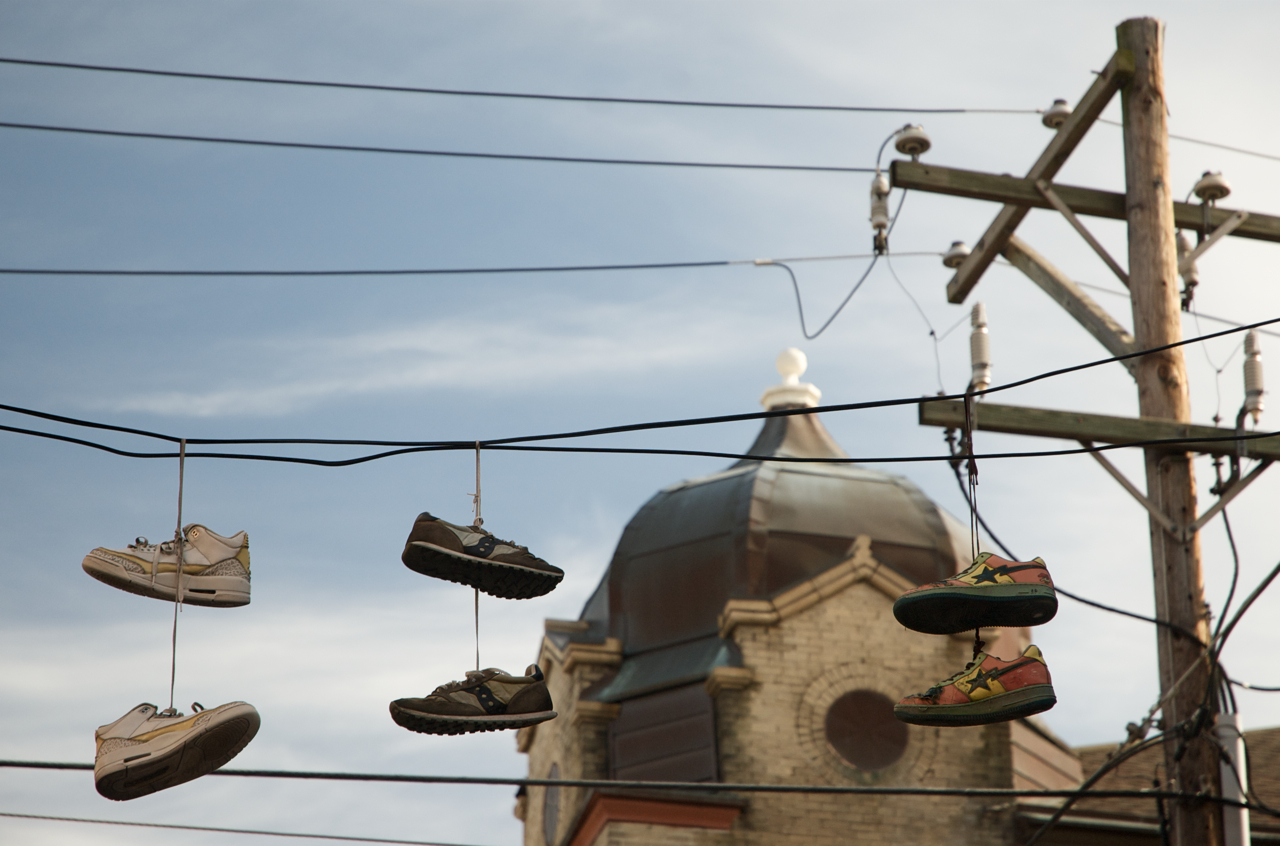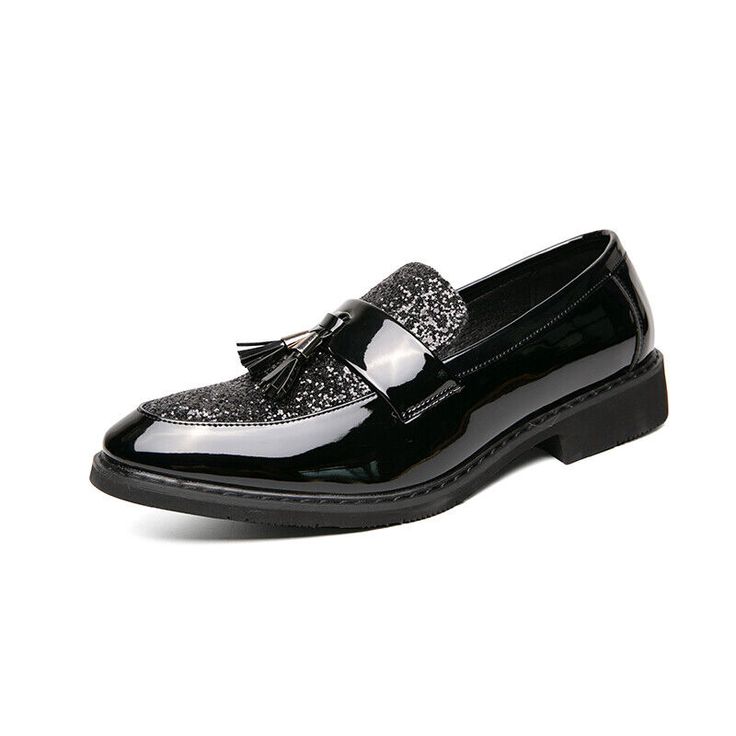Shoes hanging from power lines is a curious and perplexing sight that can be observed in many urban and rural areas worldwide. This phenomenon, known as “shoefiti” or shoe tossing, has intrigued and puzzled many for years. Consequently, understanding the various reasons why people throw shoes onto power lines helps shed light on this bizarre behavior. Therefore, this comprehensive guide explores the common explanations, cultural significance, and the potential dangers of this practice. By examining these aspects, you can gain a deeper insight into the motivations behind this peculiar act and its implications.
Common Explanations for Shoe Tossing
There are several explanations for why people throw shoes onto power lines. Understanding these reasons helps demystify the practice and reveal the underlying motives. Therefore, exploring the common explanations for shoe tossing is essential.
Celebrating Milestones and Rites of Passage
One of the most frequently cited reasons for shoes on power lines is the celebration of milestones and rites of passage. High school students, for instance, may toss their shoes onto power lines as a way of marking their graduation. This act signifies their transition from one phase of life to another, leaving a lasting symbol of their accomplishment. Similarly, military personnel might throw their boots over power lines upon completing their training or returning from deployment. By understanding the significance of celebrations and transitions, you can appreciate why shoe tossing serves as a symbolic gesture. Therefore, recognizing the cultural and personal importance of these milestones is crucial.

Marking Territorial Boundaries
Another explanation for shoe tossing involves marking territorial boundaries, particularly in gang-affiliated areas. Shoes hanging from power lines can serve as a visual signal indicating that a specific neighborhood or street is controlled by a particular gang. This territorial marking can act as a warning to rival gangs or outsiders to stay away. While this reason is largely based on anecdotal evidence and urban legends, it remains a pervasive belief in many communities. By understanding the role of territorial markings, you can contextualize the presence of shoes on power lines in certain areas. Therefore, recognizing the potential for gang-related symbolism is essential.
Commemorating the Deceased
Shoes on power lines are also sometimes used to commemorate the deceased, especially in instances of violent or untimely deaths. Friends and family members may throw the shoes of the deceased onto power lines as a memorial or tribute. This practice helps honor the memory of the individual and serves as a visible reminder of their presence. It can also provide a sense of closure and connection for those left behind. By understanding the use of shoe tossing for memorial purposes, you can acknowledge its emotional and communal significance. Therefore, recognizing the value of commemorations is crucial.
Cultural Significance of Shoes on Power Lines
Beyond individual motivations, the phenomenon of shoes on power lines also holds cultural significance in various communities. Understanding these cultural aspects helps provide a broader context for the practice. Therefore, exploring the cultural significance of shoes on power lines is essential.
Folklore and Urban Legends
Shoes on power lines have given rise to numerous folklore and urban legends over the years. Some stories suggest that the shoes symbolize various ominous events, such as drug dealing locations or places where murders have occurred. Though these legends are often unsubstantiated, they reflect societal fears and curiosity about the unknown. These tales can spread quickly through word of mouth and social media, perpetuating the mystique of shoe tossing. By understanding the role of folklore and urban legends, you can see how myths contribute to the cultural fabric surrounding shoes on power lines. Therefore, recognizing the impact of storytelling is crucial.

Artistic and Social Statements
In some cases, shoe tossing is used as an artistic or social statement. Artists and activists may employ this practice to draw attention to societal issues, such as homelessness, poverty, or urban decay. The presence of shoes on power lines can provoke thought and dialogue among community members, serving as a form of public art. This practice highlights the power of unconventional methods to spark conversation and raise awareness about pressing concerns. By understanding the use of shoe tossing for artistic and social expressions, you can appreciate its role in facilitating community engagement. Therefore, recognizing the value of unconventional art forms is essential.
Regional Variations
The cultural significance of shoes on power lines can vary by region. For instance, in some countries, shoe tossing may be associated with good luck or warding off evil spirits. In contrast, other areas may view it as a symbol of rebellion or defiance against authority. These regional variations reflect the diverse interpretations and meanings attributed to the practice. By understanding the regional differences in cultural significance, you can gain a more nuanced perspective on shoes on power lines. Therefore, recognizing the importance of cultural context is crucial.
Potential Dangers and Consequences
While the act of shoe tossing may seem harmless or whimsical, it can pose several potential dangers and consequences. Understanding these risks helps highlight the need for caution and awareness. Therefore, exploring the potential dangers and consequences of shoe tossing is crucial.

Electrical Hazards
One of the most significant dangers of shoe tossing is the potential for electrical hazards. Shoes entangled in power lines can create a conductive pathway for electricity, posing a risk of electric shocks or fires. Utility workers may face increased danger when attempting to remove shoes from power lines, complicating their efforts to maintain and repair the infrastructure. By understanding the electrical hazards associated with shoe tossing, you can recognize the importance of avoiding this practice. Therefore, recognizing the need for safety is essential.
Environmental Impact
Shoes on power lines can also have negative environmental impacts. Over time, the materials in the shoes can degrade, releasing harmful chemicals into the environment. Additionally, shoes can become entangled with birds or other wildlife, posing a threat to their safety. The accumulation of shoes on power lines can contribute to visual pollution, detracting from the aesthetic quality of the area. By understanding the environmental consequences of shoe tossing, you can appreciate the importance of sustainable and responsible behavior. Therefore, recognizing the need for environmental stewardship is crucial.
Legal and Social Implications
In some jurisdictions, shoe tossing may be considered a form of vandalism or public nuisance. Laws and regulations may prohibit the act of throwing objects onto power lines, resulting in potential fines or legal consequences for offenders. Additionally, the presence of shoes on power lines can contribute to a sense of disorder or neglect within a community. By understanding the legal and social implications of shoe tossing, you can recognize the importance of adhering to community standards and regulations. Therefore, recognizing the need for lawful behavior is essential.
Addressing Common Questions About Shoe Tossing
Understanding common questions about shoe tossing provides clarity and addresses curiosity about the practice. Knowledge of these answers ensures a deeper understanding of the phenomenon. Therefore, exploring common questions is essential.

How Did Shoe Tossing Start?
The origins of shoe tossing are unclear, with multiple theories and anecdotal accounts offering different explanations. Some believe it began as a playful prank among friends, while others suggest it may have originated as a military tradition. Regardless of its origins, shoe tossing has evolved into a widespread and multifaceted practice. By understanding the potential origins of shoe tossing, you can appreciate its historical and cultural roots. Therefore, recognizing the complexity of its origins is crucial.
Is Shoe Tossing More Common in Certain Areas?
Shoe tossing tends to be more prevalent in urban areas, where the density of power lines and population is higher. However, it can also be observed in rural areas and small towns. The frequency of shoe tossing may vary based on cultural factors, local traditions, and societal norms. By understanding the factors influencing the prevalence of shoe tossing, you can gain insight into its distribution and significance. Therefore, recognizing the variability of its occurrence is essential.
What Should I Do If I See Shoes on Power Lines?
If you encounter shoes on power lines, it is important not to attempt removing them yourself due to the associated risks. Instead, contact your local utility company or authorities to report the situation. They have the necessary equipment and expertise to safely address the issue. By understanding the appropriate actions to take, you can contribute to safety and community well-being. Therefore, recognizing the importance of reporting is crucial.
Addressing Common Misconceptions About Shoe Tossing
Addressing common misconceptions about shoe tossing provides accurate information and dispels unwarranted concerns. Clearing up misunderstandings ensures a well-informed perspective. Therefore, exploring common misconceptions is important.
Misconception: All Shoes on Power Lines Are Gang-Related
A common misconception is that all shoes on power lines are associated with gang activity. While this can be true in certain instances, it is not universally applicable. Many other reasons, such as celebrations, memorials, and artistic expressions, also contribute to the phenomenon. By understanding the diverse motivations behind shoe tossing, you can avoid making assumptions and recognize the complexity of its significance. Therefore, dispelling this misconception highlights the range of underlying factors.

Misconception: Shoe Tossing Is Harmless Fun
Another misconception is that shoe tossing is a harmless act of fun with no real consequences. In reality, shoe tossing can pose electrical hazards, environmental risks, and legal implications. By understanding the potential dangers and consequences, you can appreciate the need for caution and responsible behavior. Therefore, dispelling this myth emphasizes the importance of safety and awareness.
Conclusion: Understanding the Phenomenon of Shoes on Power Lines
Shoes on power lines represent a multifaceted phenomenon with various explanations, cultural significance, and potential dangers. Proper preparation, including recognizing the common reasons and cultural context, sets the foundation for understanding this practice.
Exploring critical aspects such as the potential hazards, legal implications, and addressing common questions and misconceptions ensures a comprehensive approach. Recognizing the importance of safety, cultural sensitivity, and community standards enhances the overall understanding of shoe tossing.
By engaging with these elements, you can gain a deeper insight into why people put shoes on power lines, appreciating the complexities and implications of this curious behavior. Therefore, whether observing shoes on power lines or considering the practice, understanding the essential considerations and consequences of shoe tossing offers practical and thoughtful perspectives. Embrace the opportunity to explore and comprehend this widespread phenomenon, knowing you have the knowledge and resources to appreciate its cultural and societal dimensions!



